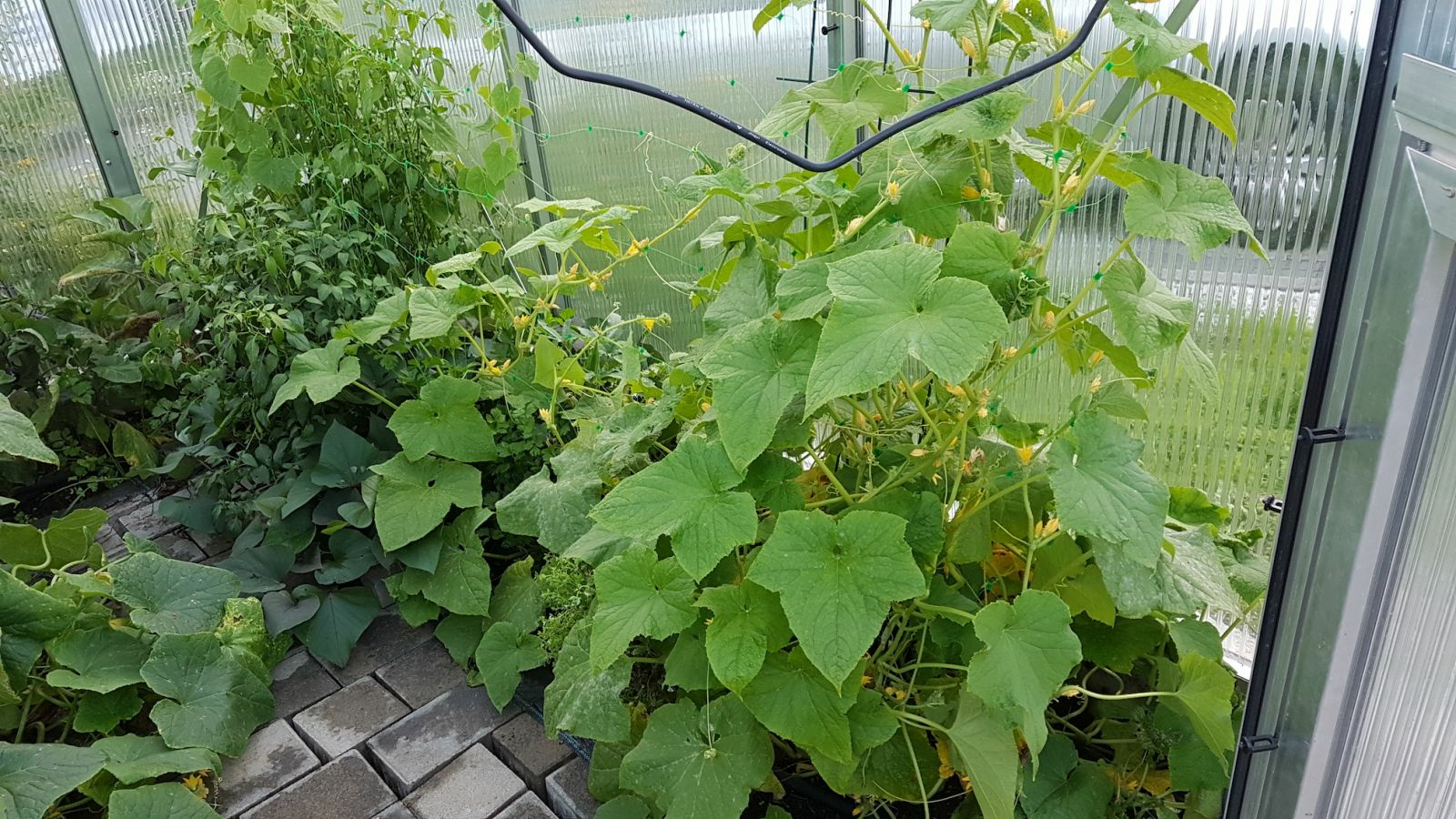Growing vegetables in the greenhouse
How does a greenhouse work: the greenhouse effect
The sun's light is converted into thermal radiation when it hits the earth. Some of the heat radiation is stored by the earth and the water, but some is also reflected back upwards. However, the walls of the greenhouse act as a barrier, ensuring that a large proportion of the heat radiation remains inside the greenhouse.
Greenhouse comparison
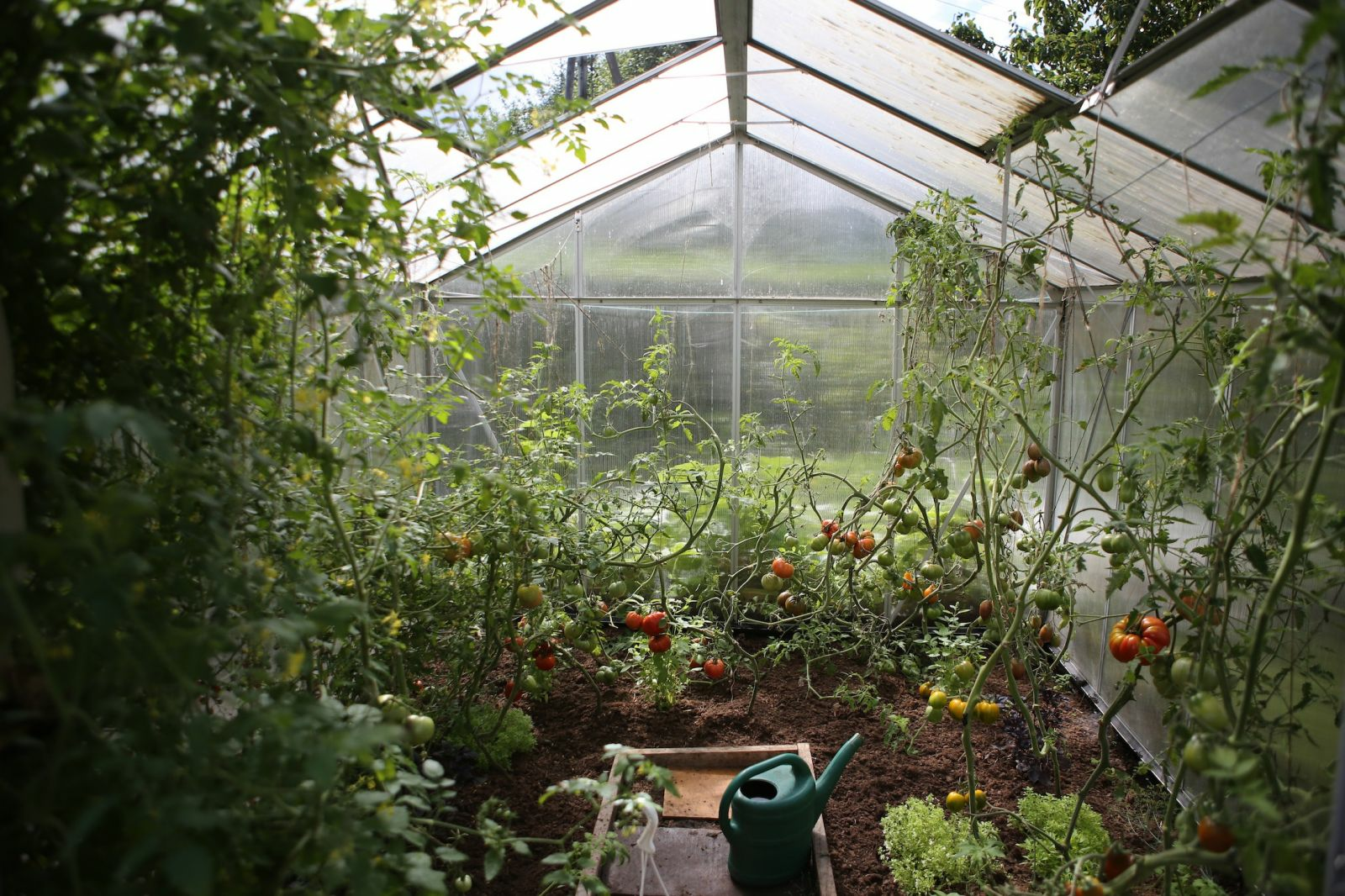
Glass house Advantages: strong greenhouse effect, very stable Disadvantages: low insulating effect, risk of burns, requires a solid foundation House with multi-skin sheets Advantages: strong greenhouse effect, good shading effect, good insulating effect, very stable Disadvantages: not as attractive, requires a solid foundation Foil tunnel / foil house Advantages: light - strong shading effect, good greenhouse effect, limited mobility Disadvantages: less solar radiation, sensitive to wind
Greenhouse accessories
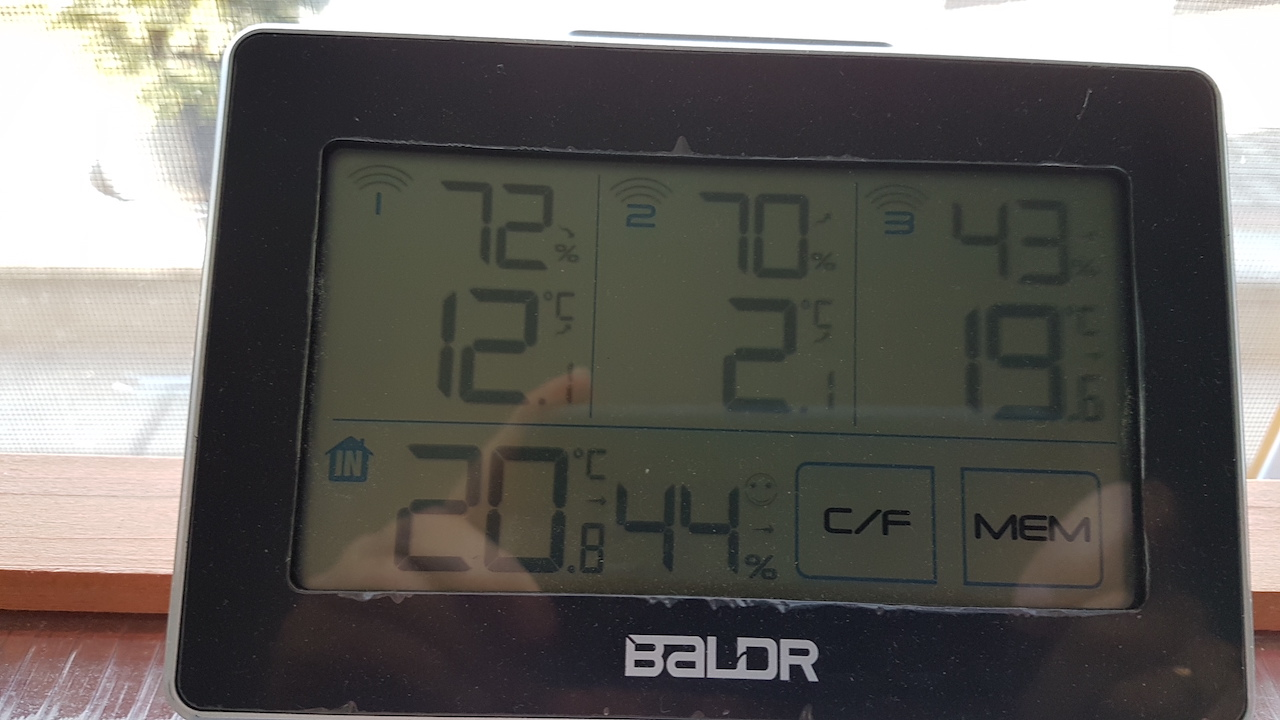
Depending on the planned use of the greenhouse, there are various accessories that support cultivation in the greenhouse:
- Insulating film (for winter)
- Fan / heater - Lighting / shading
- Climbing aids (e.g. climbing net)
- Irrigation systems
- Thermo or thermo-hygro meter
Fertilization in the greenhouse
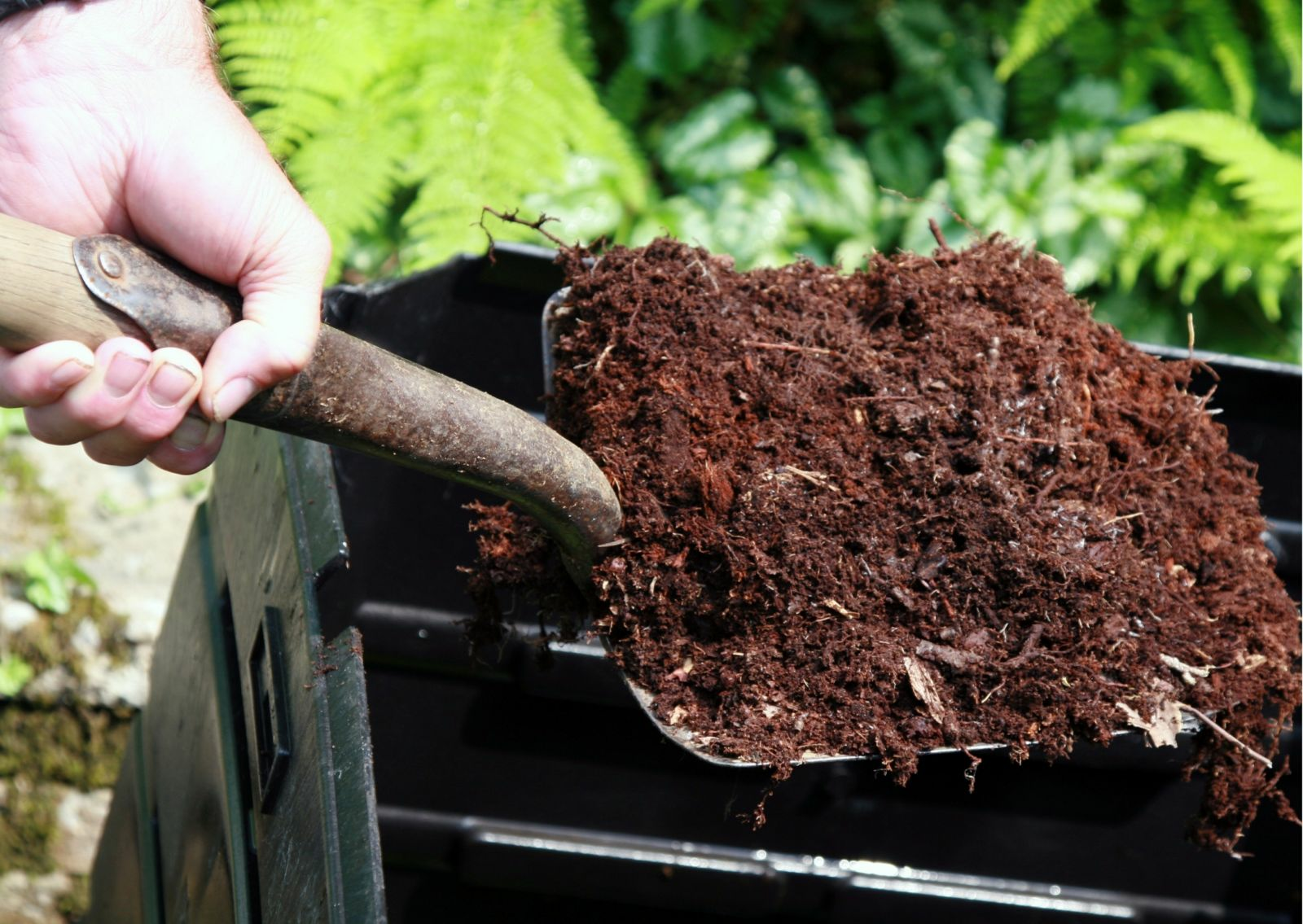
A lot of biomass is produced in a small space in the greenhouse, so nutrients must be supplied in sufficient quantities. The fertilizer should be worked into the soil superficially to ensure optimum distribution. Suitable fertilizers include sheep's wool (raw wool or pellets), compost, horn shavings, etc.
Which vegetables to grow in the greenhouse?
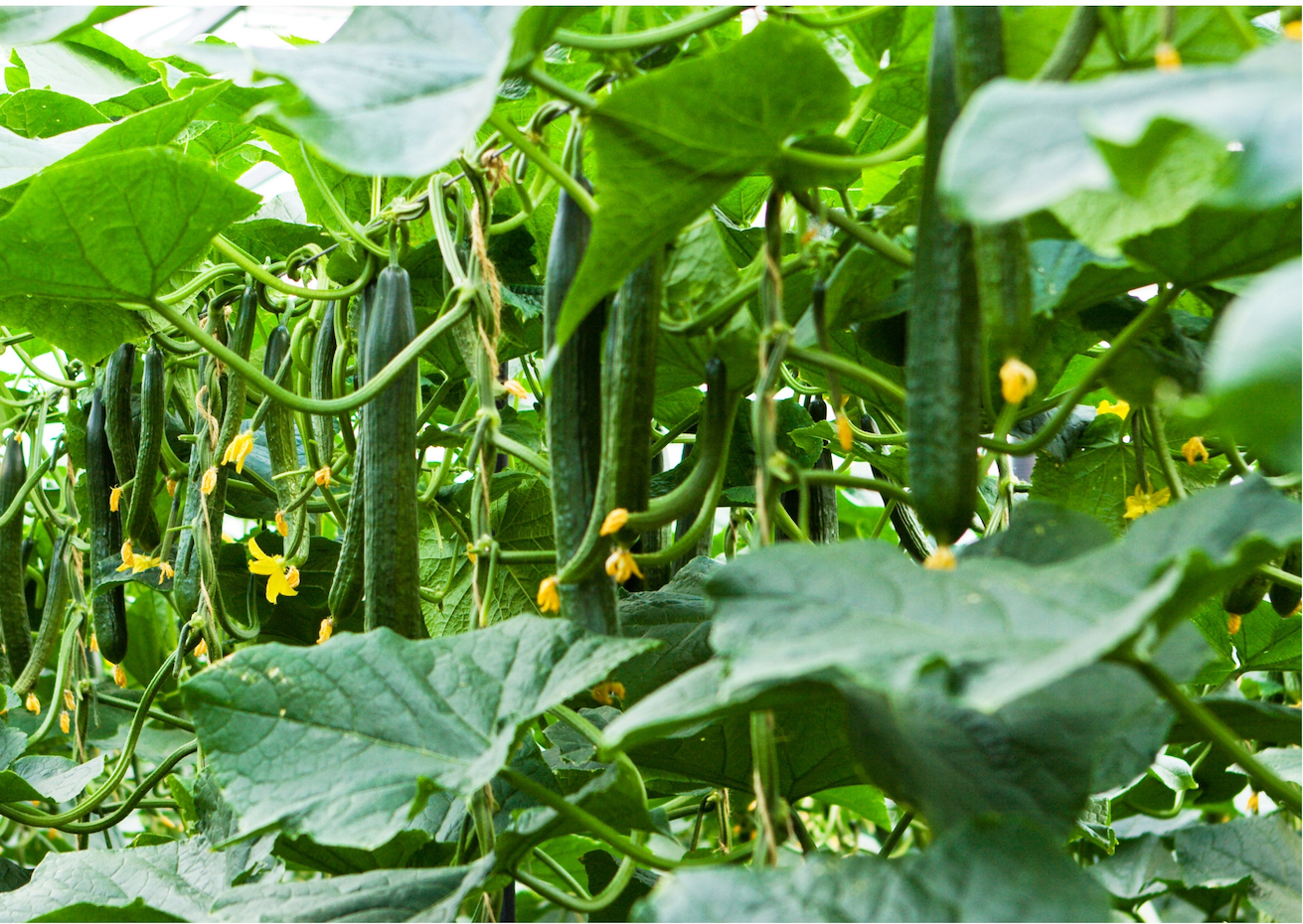
Spring: Asian salads, spinach, radishes, lettuce Summer: tomatoes, peppers / chili, eggplants, cucumbers, melons, sweet potatoes
Autumn/Winter: Asian salads, spinach, radishes, carrots, radicchio "Grumolo verde"
